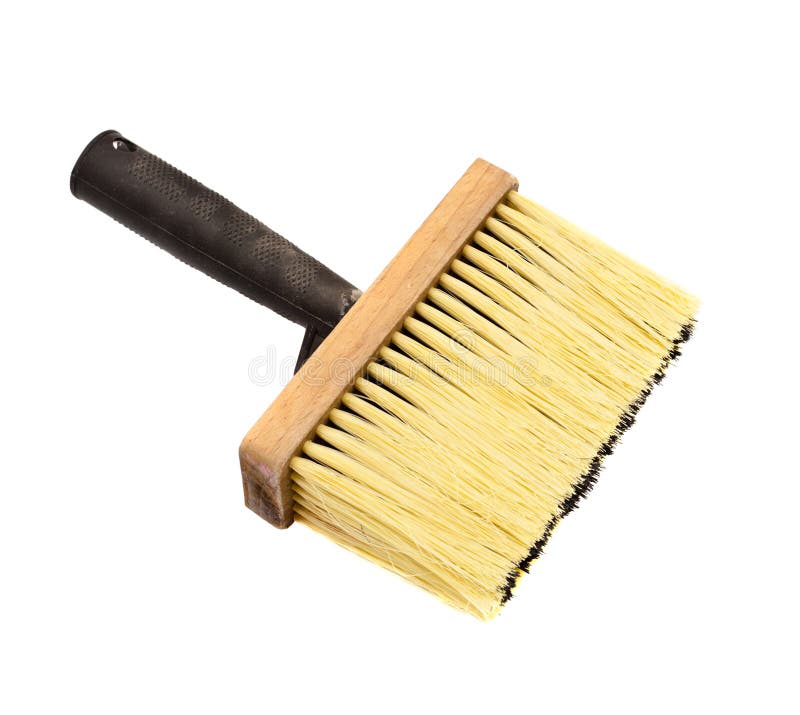

Yellow-green leaves green bracts white flowersīright green, narrow leaves green bracts with white tips white flowers Shrubby hairy narrow pale leaves with a yellow cast light yellow bracts grows in eastern Washington parasitic on Stiff Sagebrushĭark, purplish leaves yellow-green bracts with white tips yellow flowers with red tips grows near the ocean Narrow leaves with wrinkled edges bracts have green bases, yellow band, bright red tips grows in eastern and southern Oregon Green, two lobed leaves yellow-green bracts white flowers grows in eastern Oregonīranches stems hairy, multi-lobed leaves with a gray cast bright red bracts red flowers grows in eastern Oregon Small plant narrow green leaves almost white bracts white flowers grows in eastern Washington and Oregon

Small plant narrow green leaves very light yellow-green bracts yellow flowers grows in the Wallowa Mountains Three lobed leaves, center lobe wider magenta colored bractsĥ-7 lobed leaves bright yellow bracts almost glow bracts overlay each other making narrow plant top threatened in Washington, may be extinct in Oregon Very deeply cut leaves, with lateral lobes as wide as the center grows in rocky areas over 3000 feet Upper leaves notched green flower extends beyond bracts grows in subalpine meadowsĭeeply cut, hairy leaves, with lateral lobes as wide as the center, often shaped like a cross grows in rocky areas over 3000 feet Hairy upper leaves have a large lobe on each side and often a small tip lobe on each sideģ-5 lobe leaves pink to rose bracts grows in subalpine and alpine areas Very little hair non-notched leaves grows near the coast Very little hair non-notched leaves grows above 3000 feet Plants from the same genus that lack the brightly colored bracts are often called Owl's Clover. Many paintbrushes are partially parasitic on other plants. The true flowers are usually a light yellowish green and have five petals. The bright colors that we usually think of as flowers are actually specially adapted bracts.

Climate data used in creation of plant range maps is from PRISM Climate Group, Oregon State University, using 30 year (1981-2010) annual "normals" at an 800 meter spatial resolution.Tips on identifying Paintbrushes and Owl's Clover
#YELLOW PAINTBRUSH PLANT OF OREGON MANUAL#
Other general sources of information include Calflora, CNPS Manual of Vegetation Online, Jepson Flora Project, Las Pilitas, Theodore Payne, Tree of Life, The Xerces Society, and information provided by CNPS volunteer editors, with special thanks to Don Rideout. Sources of plant photos include CalPhotos, Wikimedia Commons, and independent plant photographers who have agreed to share their images with Calscape. Propogation from seed information provided by the Santa Barbara Botanical Garden from "Seed Propagation of Native California Plants" by Dara E. Plant observation data provided by the participants of the California Consortia of Herbaria, Sunset information provided by Jepson Flora Project. All text shown in the "About" section of these pages is available under the Creative Commons Attribution-ShareAlike License. A close-up of the calyx and corolla of what may be stiff yellow indian paintbrush as seen high along the Valley Trail at the Little Spokane River Natural. Castilleja is a hemi-parasite, meaning that it derives some of its nutrients from a host plant. neglecta (Tiburon paintbrush) is known from only a few occurrences in and around the San Francisco Bay Area and is a federally listed endangered species. littoralis (Oregon Coast paintbrush) grows on the coastline of northern California and Oregon and ssp. affinins (Coast Indian painbrush) occurs commonly throughout western North America from Washington to Baja California. There are three subspecies of this plant (ssp. The fruit is a capsule just over a centimeter long. They are green to purple lined with red or yellow. Flowers appearing between the leafs are a bit longer and covered in hairs.
#YELLOW PAINTBRUSH PLANT OF OREGON SERIES#
The flower cluster is a series of leafs in shades of bright red to yellowish. The leaves are variable in shape and up to 8 centimeters long. It is greenish to purple in color and may be hairless to quite hairy. This is a perennial herb growing an erect stem up to about 60 centimeters in maximum height. Indian Paintbrush is a species native to western North America from Washington to Baja California, where it grows on hills and mountains slopes along the coast and inland. About Indian Paintbrush (Castilleja affinis) 0 Nurseries Carry This Plant


 0 kommentar(er)
0 kommentar(er)
